Coolest Cats
Caturday is the best day of the week. For those of you who are unaware, Caturday is when cats take over the Internet. We all know that cats are the coolest creatures on the planet, and on Caturday, they get to shine. From hilarious memes to adorable pictures, there’s no shortage of cuteness to be found online. If you’re a cat lover like me, then you’ll definitely want to check out some of the best Caturday content out there. Whether you’re looking for a laugh or just want to stare at some cute kitties, these blogs will never disappoint!
Are you a cat lover? If you are, you’re going to love these coolest cats! These felines are definitely some of the most interesting and unique cats out there. From their quirky personalities to their amazing abilities, these cats are sure to entertain and amaze you. So be sure to check out these cool cats! You won’t regret it!
Different cat breeds have different traits and personalities. Every cat is beautiful and worthy of love, but some cats have unique traits that make them stand out from the rest. Their charm comes not only from their coat but also from their personality. Perhaps in this list of coolest cats, some cat breeds you’ve never heard of before. If you intend to keep one of them, they make a great companion in life.
There’s no question that cats are some of the coolest creatures on the planet. From their independent personalities to their unique physical features, cats have a lot going for them. In this blog post, we’re going to take a closer look at some of the coolest cats out there and find out what makes them so special. We’ll also provide tips on how you can make your own cat even cooler! So read on – your feline friend will thank you.
See more: What Is an F1 Savannah Cat?
Bengal Cat
The Bengal cat is a beautiful and unique breed of cat that is known for its stunning leopard-like markings. Bengals are outgoing, playful, and intelligent cats that make great pets for active families. Originally developed by crossing domestic cats with Asian leopard cats, the Bengal cat has a wild appearance but is really a gentle and loving companion. If you are thinking about adding a Bengal cat to your family, read on to learn more about this amazing breed.
Physical Characteristics of the Bengal Cat
Bengal cats are medium to large sized cats with muscular bodies and long legs. They have a broad head with prominent cheekbones, and their ears are small and set wide apart. Bengals have large, round eyes that come in a variety of colors, including green, blue, and even gold. Their coat is short and silky, and it is marked with beautiful leopard-like spots. Bengal cats come in a variety of colors, including brown, black, and silver.
Temperament of the Bengal Cat
Bengal cats are known for their outgoing and playful personalities. They are very active cats that love to play and explore. Bengals are also very intelligent, and they can be trained to do tricks and even walk on a leash. These cats bond closely with their families and love to be around people. They are not the best choice for families with small children, however, as they can be quite rambunctious.
Care of the Bengal Cat
Bengal cats are relatively low-maintenance when it comes to care. They do require some grooming, however, as their coat can become matted if not brushed regularly. Bengals also need plenty of exercise and stimulation to stay happy and healthy. A Bengal cat that is bored or doesn’t have enough to do can become destructive or even aggressive. If you are thinking about adding a Bengal cat to your family, be sure that you are prepared to provide them with the care and attention they need.
The Bengal cat is a beautiful and unique breed of cat that makes a great pet for the right family. If you are looking for an active and loving companion, the Bengal cat may be the perfect choice for you.
Savannah Cat
The Savannah cat is a hybrid cat breed. It is a cross between a domestic cat and the African serval, a medium-sized, large-eared wild cat. The Savannah was created in the 1980s by breeder Judee Frank, who crossed a male Siamese with a female serval.
The resulting first-generation (F1) kittens were 50% serval, but as they were only half-domestic, they could not be considered a new domestic breed. Later generations are increasingly domestic, with later generations being as much as 87.5% domestic cat and 12.5% serval.
The Savannah is the largest of all domestic cats, typically weighing between 15 and 20 pounds (6.8 and 9.1 kg). They are tall and long, with long legs, large ears, and a long neck. The coat is patterned with spots, rosettes, or swirls; some Savannahs have ticking on their coats as well. There are many color combinations possible, but the most common are brown spotted tabby, silver spotted tabby, black (melanistic) Savannah, and snow leopard Savannah.
The Savannah is a very active cat; it loves to climb and jump, and can even be trained to walk on a leash. It is also very intelligent and affectionate with its family, but can be reserved with strangers. The Savannah requires more care and attention than a typical domestic cat, and is not recommended for first-time cat owners.
If you are considering getting a Savannah cat, be sure to do your research first. While they make wonderful pets, they are not the right fit for everyone. Make sure you are prepared to provide them with the care and attention they need, as well as a home that can accommodate their active lifestyle.
British Shorthair
The British Shorthair is a domesticated cat breed whose origins trace back to the UK. The most distinguishing feature of this breed is its blue-gray fur, which is the result of a genetic mutation. This unique coat coloration along with its large, muscular build make the British Shorthair one of the most popular cat breeds in the world.
The British Shorthair is a relatively new breed, having been developed in the 19th century from imported European cats. The most common ancestor of the British Shorthair is the domestic short-haired cat, which was brought to Britain by Roman invaders in the 1st century AD. These cats were then crossbred with other European cat breeds, such as the Russian Blue and the Persian, to create the modern British Shorthair.
The British Shorthair is a large breed of cat, with males typically weighing between 15 and 20 pounds and females between 10 and 15 pounds. They are stocky cats with broad chests and short legs. Their heads are round with wide cheeks, and they have large, round eyes. Their coats are dense and plush, with a wooly undercoat. The coat is shorter on the face and legs, and longer on the body. British Shorthairs can be found in a variety of colors, but the most popular is blue-gray.
The British Shorthair is a calm, gentle breed that is known for being good-natured and easygoing. They are not particularly active, preferring to spend their time lounging around the house. However, they do enjoy playing with toys and will often follow their human family members around the house. British Shorthairs are also very affectionate cats and enjoy spending time being petted and cuddled. They are generally good with children and other pets, making them an ideal choice for families.
Maine Coon
Maine Coons are one of the oldest natural breeds in North America, and are known for their large size, intelligence, and gentle dispositions. Maine Coons were once the largest domesticated cat breed in the world, but have since been eclipsed by the Savannah cat. The Maine Coon is a popular choice for families with children and other pets, as they are typically very good-natured and tolerant.
Maine Coons are thought to have originated in the state of Maine in the United States, hence their name. They are believed to be a cross between domestic cats and raccoon s, although there is no scientific evidence to support this claim. The first recorded mention of Maine Coons was in a newspaper article published in 1861, which described them as “large and handsome cats”.
Maine Coons are large cats, with males typically weighing between 9 and 18 pounds (4.1 and 8.2 kg), and females averaging 7 to 12 pounds (3.2 to 5.4 kg). They are one of the longest-haired cat breeds, with their thick coats requiring regular grooming to prevent mats and tangles. Maine Coons come in a variety of colors and patterns, although the most popular are brown tabby, red tabby, and black.
Maine Coons are known for their friendly dispositions and intelligence. They are often described as “dog-like” in their loyalty and companionship. Maine Coons are typically good with children and other pets, and can be trained to perform simple tricks.
If you’re looking for a large, affectionate, and intelligent cat, the Maine Coon might be the perfect breed for you!
See more: Are Maine Coon Cats Hypoallergenic?
Norwegian Forest Cat
The Norwegian Forest cat is a large, sturdy cat breed that hails from the cold, snowy climates of Norway. For centuries, these cats were used as working animals on Norwegian farms and in the forests, where their thick coats kept them warm and protected them from the elements. Today, they are still revered in their native country and are also popular pets in other parts of the world.
Norwegian Forest cats are intelligent and independent, but they also have a sweet, gentle side. They are loyal and affectionate with their families and make great companions for both children and adults. Although they are not particularly vocal, they will let you know when they want your attention!
If you are looking for a regal and impressive cat breed, the Norwegian Forest cat is definitely worth considering. With their striking good looks and personalities to match, these cats are sure to win your heart.
Siamese Cat
The Siamese cat is a Siamese breed of cat, originating in Thailand (formerly known as Siam), and named after theCentral Thai city of Ayutthaya. The cats are characterized by blue almond-shaped eyes, triangular ears, and long slender bodies. They have been one of the most popular breeds of house pets in the Western world since they were first exported from Siam in the 19th century.
Siamese cats have a long and slender body, with point coloration on the extremities (ears, face, tail and feet). The body is medium to long, and muscular. They have relatively large ears which are wide at the base and taper to a point. The head is triangular and the muzzle is blunt, with a strong chin. The eyes are almond-shaped and slanted towards the nose, and are blue in color. The legs are long and slender, and the hind legs are slightly longer than the front legs. The paws are oval-shaped and have five toes each. The tail is long and tapering, and the coat is short and fine.
The Siamese breed standard calls for a pointed coat in seal point, chocolate point, blue point, lilac point, red point, cream point, or lynx (tabby) point coloration. In addition to the points, there should be a pale body color, known as the “ground color”, with darker points. The coat should be short and close-lying, and without markings or patterns.
Siamese cats are intelligent, active, and playful cats. They are very vocal, and are known for their ” Siamese yowl”, which is a high-pitched, prolonged meow. They are outgoing and affectionate cats, and enjoy the company of people and other animals. Siamese cats are curious and mischievous, and like to explore their environment. They are also very loyal to their owners, and form strong bonds with them.
Siamese cats require little grooming, but should be brushed regularly to remove dead hair and keep the coat clean and healthy. They should also be given regular nail trimmings.
Siamese cats are generally healthy and long-lived, with an average lifespan of 15 to 20 years. However, like all breeds of cats, they are susceptible to certain health conditions, such as respiratory problems, eye problems, and hereditary heart disease.
If you are looking for a loyal and affectionate companion who is also active and playful, then the Siamese cat may be the perfect breed for you!
Persian Cat
The Persian cat is a popular breed of long-haired cat characterized by its round face and short muzzle. It is also known as the “Persian Longhair” in the English-speaking countries. In the Middle East they are widely known as “Shirazi cats”. The first documented ancestors of the Persian were imported into Italy from Iran (Persia) around 1620.
The exact origins of the Persian cat are unknown, but it is thought to have originated from Iran (formerly Persia). The first documented ancestors of the Persian were imported into Italy from Iran around 1620. It is thought that the Persian was then introduced to France in the late 1600s, and from there it spread to other parts of Europe and North America.
The Persian is a medium to large sized cat, with a round face and short muzzle. The coat is long and thick, and comes in a wide variety of colors and patterns. The most popular coloration is white, but Persians can be found in black, blue, cream, red, silver, and a variety of other colors and patterns.
The Persian is a calm and gentle cat, known for its docile nature. They are often described as “doll-faced” due to their round faces and big, expressive eyes. Persians are generally quiet cats, but they will vocalize when they feel the need. They are affectionate with their families and love to be cuddled and petted. Persians do best in a calm home environment, and can get along well with other pets if introduced at a young age.
If you are looking for a laid-back, loving companion, the Persian cat might be the perfect breed for you!
Ragdoll Cat
The Ragdoll cat is a muscular, large breed with a long, thick coat. They are one of the most popular cat breeds in the world and are known for their placid and gentle nature.
Ragdolls were first bred in the 1960s in California, United States and get their name from their tendency to go limp when picked up. They are also sometimes referred to as “puppy cats” due to their affectionate and laid-back personality.
Ragdolls come in a variety of colors including blue, seal, chocolate, lilac and red. They typically have green or gold eyes and a medium-length coat that requires weekly brushing.
Ragdolls are gentle, loving cats that enjoy being around people. They are known for their affectionate nature and love to be cuddled and petted. They are also very patient cats, which makes them excellent companions for children.
If you’re looking for a relaxed and loving cat, the Ragdoll could be the perfect breed for you!
Siberian Cat
The Siberian is a landrace variety of domestic cat, present in Russia for centuries, and more recently developed as a formal breed, with standards promulgated since the late 1980s. Recognized by international cat registries including TICA, CFA, FIFE, ACFA, UFO and NZCF, the Siberian is an active breed with a thick coat requiring weekly grooming.
The Siberian cat is a medium to large sized cat, with females typically weighing between 8 and 12 pounds (3.6–5.4 kg), and males averaging between 10 and 20 pounds (4.5–9 kg). The length of the body exceeds the height at the withers by about 10 cm (4 in). The coat is very dense, with a soft undercoat and long, guard hairs that stand out especially at the neck and tail. Siberians come in many colors and patterns, though all have pointed patterned ears. The most common colors are brown tabbies, but black, blue and white Siberians are also seen. The eyes are green, though some brown- and blue-eyed Siberians exist. Eye color sometimes changes with age or as the seasons change.
Siberian cats are known for their loving personalities and bond very closely with their human families. They are also very playful and active, often engaging in “predatory play” even when fully grown. Siberians are very intelligent, and many enjoy learning tricks and games. They tend to be good with other pets in the family, including dogs. While they are not known for being particularly vocal, they will “talk” when they have something to say!
Kinkalow Cat
The Kinkalow is a relatively new breed, having only been developed in the early 21st century. The breed was created by crossing two existing breeds of cats – the Munchkin and the American Curl. The result is a small, short-legged cat with uniquely curled ears.
While the exact origins of the Kinkalow are not known, it is thought that the breed was developed in the United States. The first recorded breeding of a Kinkalow took place in 2003, and the breed has been gaining in popularity ever since.
The Kinkalow is a small cat, with an adult weight ranging from 5 to 9 pounds. The breed is best known for its short legs, which are the result of a genetic mutation. This mutation, called dwarfism, causes the bones in the legs to be shorter than normal. While this may seem like a disadvantage, it actually gives the Kinkalow an advantage when it comes to jumping and climbing.
The Kinkalow also has uniquely curled ears, which is the result of another genetic mutation. This mutation is called “lophotrichous,” and it causes the hairs on the ear to grow in a spiral pattern. This give the Kinkalow’s ears a distinctive appearance that is sure to turn heads.
In terms of personality, the Kinkalow is an active, playful breed. These cats love to explore and are often described as being “dog-like” in their behavior. They are also very affectionate with their families and love to cuddle and play. If you are looking for a fun-loving, active companion, the Kinkalow may be the perfect breed for you!
Abyssinian Cat
The Abyssinian cat is a popular breed of domestic cat. It is characterized by its striking ruddy coat and slender body. The breed is also known for its intelligence and playful nature.
Abyssinians are believed to have originated in the country of Abyssinia, which is now modern-day Ethiopia. The first recorded Abyssinian was brought to England in 1868 by a British soldier who had served in Abyssinia. The cat quickly became a favorite of the Victorian era aristocracy and was soon being exported to other parts of Europe and North America.
The Abyssinian is considered to be one of the oldest domesticated cat breeds in the world. Its exact origins are unknown, but the breed is thought to be descended from the African wild cat. Abyssinians are also one of the most popular breeds of cat, ranking high in popularity surveys conducted in both the United States and United Kingdom.
The Abyssinian is a medium-sized cat with a slender, muscular body. The head is relatively small and wedge-shaped, with large, almond-shaped eyes. The ears are large and pointed, and the tail is long and tapering. The coat is short and fine, with a distinctive ruddy or reddish brown color. Abyssinians are also known for their unique ticking pattern, which is created by bands of darker color on each individual hair.
Abyssinians are intelligent, active, and playful cats. They are known for their affectionate nature and love of human companionship. Abyssinians enjoy being involved in everything their humans are doing and often like to play games such as fetch. They are also known for their curious and inquisitive nature, and can be very active climbers and jumpers.
Bombay Cat
The Bombay cat is a relatively new breed, having been developed in the late 1950s by Nikki Horner, an American breeder who set out to create a cat that resembled a miniature panther. She achieved this by crossing a black American Shorthair with a sable Burmese. The resulting kittens were then bred back to Burmese, to ensure that the desired panther-like appearance was maintained.
The Bombay cat is a medium-sized cat, with males typically weighing 9-12 pounds and females 7-9 pounds. They are muscular and well-built, with a rounded head and large, expressive eyes. Their coat is short and sleek, with a satin-like texture, and comes in a variety of colors including black, brown, blue, and lilac.
Bombay cats are known for their affectionate and outgoing personalities. They enjoy being around people and are quick to make friends with everyone they meet. They are also playful and active, enjoying a good game of chase or fetch. Because of their outgoing nature, they do well in homes with other pets and children.
Coolest Cat Facts
- What do you call a cat with eight legs? An octopus!
- Did you know that cats have been domesticated for over 4,000 years? The first domesticated cats were likely Egyptian Mau or Abyssinian cats.
- Cats are obligate carnivores, which means that they require animal protein to survive. In the wild, cats typically eat small prey–mice, birds, and so on.
- A group of kittens is called a “kindle.” A group of adult cats is called a “clowder.”
- Cats have excellent night vision and can see six times better in the dark than humans.
- Cats have a third eyelid, called a haw, which protects their eyes from debris and helps keep them lubricated.
- Cats have very sharp claws, which they use for hunting and self-defense. However, cats can also retract their claws when they don’t need them.
- Cats typically sleep for around 16 hours a day.
- Most cats are right-pawed, meaning they use their right paw more often than their left. Only around 5% of cats are left-pawed.
- Cats have a strong sense of smell and can be trained to follow scent trails.
- Cats usually purr when they’re happy, but they also purr when they’re injured or in pain. Purring may help cats heal by promoting bone and tissue regeneration.
- Cats have a flexible spine that allows them to twist and turn their bodies in ways that would break a human’s back.
- A cat’s shoulder blades are not attached to the rest of their skeleton, which is why they can squeeze through tiny spaces.
- Cats have a flexible pelvis that allows them to squeeze through spaces that are even smaller than their shoulder width.
- Cats have about 30 teeth, while humans have 32. Kittens have 26 temporary teeth, which they lose between the ages of 4 and 6 months.
- The average lifespan of a domestic cat is around 15 years, though some cats live into their 20s or even 30s.
- Siamese cats are prone to a genetic condition called crossed eyes, which causes them to have misaligned eyes.
FAQs
Are black cats rare?
There’s no easy answer to this question since it largely depends on where you live. In some parts of the world, black cats are considered to be very lucky, while in others they’re seen as being bad luck. However, one thing is for sure – black cats are definitely not as common as their brown or tabby counterparts. So, if you’re looking for a black cat, you might have to do a bit of searching. But trust us, it’ll be worth it!
What is the rarest cat?
There is no definitive answer to this question as it largely depends on personal preferences and opinions. However, some of the rarest cat breeds include the Chartreux, Korat, and Birman. These cats are all relatively uncommon, but there are even rarer varieties that are even more difficult to find. For example, the Caspian, Somali, and Egyptian Mau are all very rare cat breeds that are highly sought-after by collectors and enthusiasts. If you’re looking for a truly one-of-a-kind cat, then any of these rare breeds would make an excellent choice.
What is the fastest cat?
The cheetah is the fastest cat in the world, capable of running at speeds of up to 70 miles per hour. The second-fastest cat is the puma, which can reach speeds of up to 50 miles per hour. Other fast cats include the jaguar, leopard, and lynx.
What colors do cats dislike?
Cats are generally not a fan of loud, vibrant colors. This is likely because these colors are too stimulating for their sensitive eyes. Some of the colors that cats tend to avoid include: green, orange, yellow, and purple. However, every cat is different and some may be more tolerant of certain colors than others. If you’re unsure whether or not your cat likes a particular color, it’s best to err on the side of caution and avoid using that color in their environment.
What is the most famous cat?
The most famous cat is undoubtedly the one and only Grumpy Cat. With her unimpressed facial expression and sassy attitude, she has won the hearts of millions of people around the world and become a global sensation. From merchandise to movies, Grumpy Cat has truly done it all – and she shows no signs of slowing down anytime soon!
Conclusion
Cats are great friends and make perfect pets. They are low-maintenance, independent, and loving animals that can provide companionship for years. If you’re considering getting a cat, please do your research to find the best breed for your personality and lifestyle. And remember, cats deserve just as much love and care as any other pet!
As we come to the end of this list of the coolest cats, it is important to remember that there are many more cool cats out there. These 15 just happen to be some of our favorites. Do you have a favorite cool cat? Let us know in the comments below. And be sure to check back soon for more animal fun here at Vet Ranch!
Above is the article “12 coolest cats”, Thanks for reading!
Further reading:

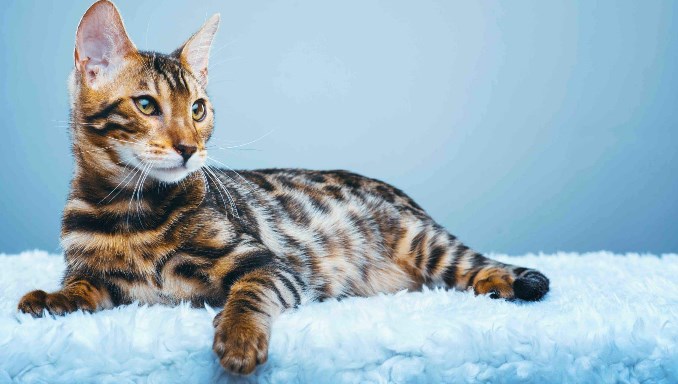
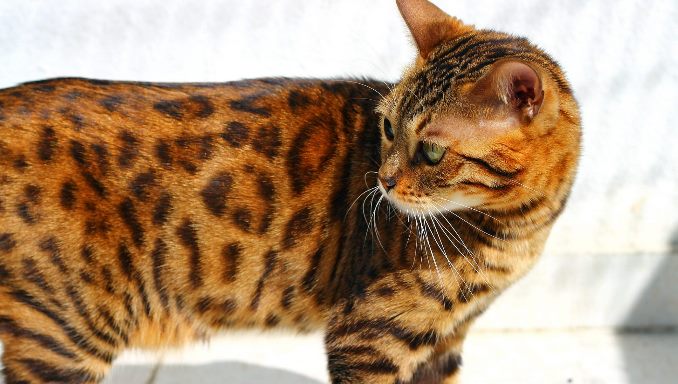
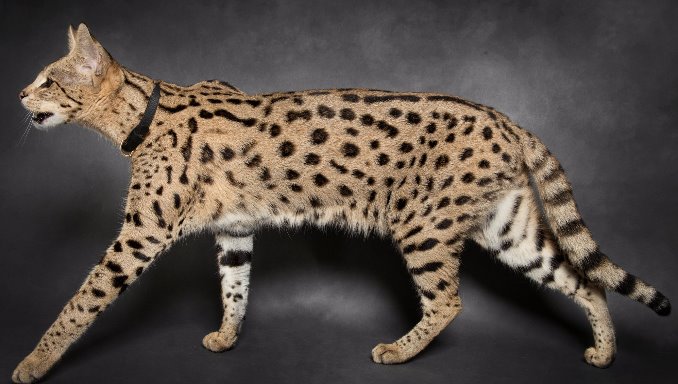
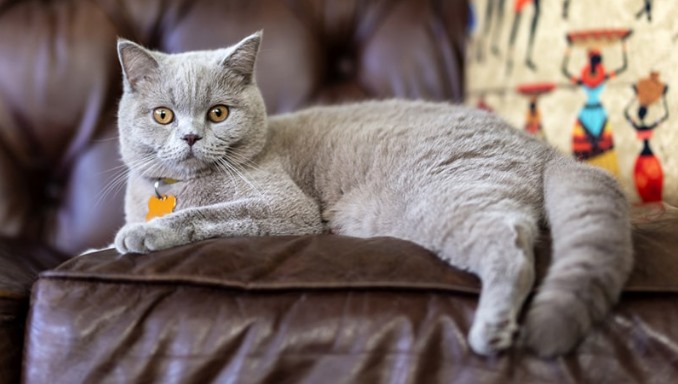
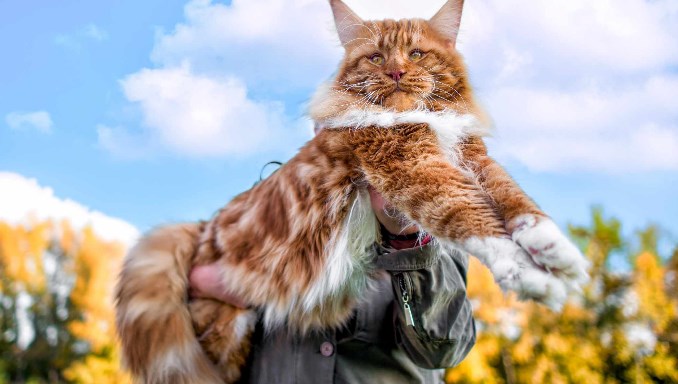
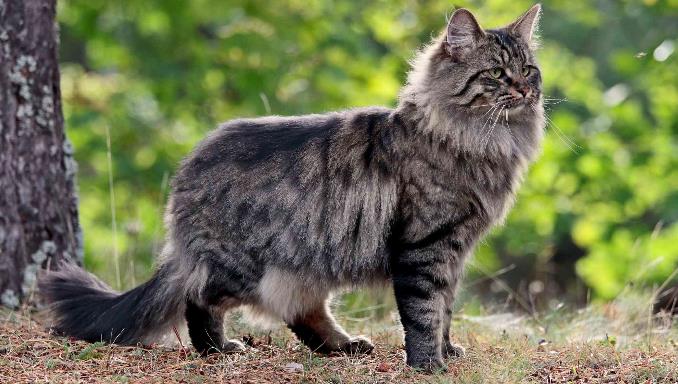
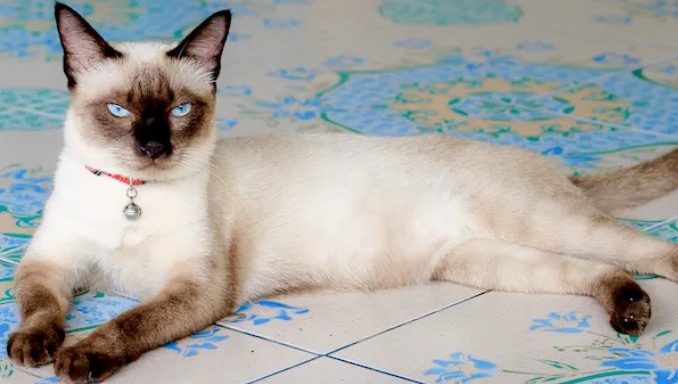
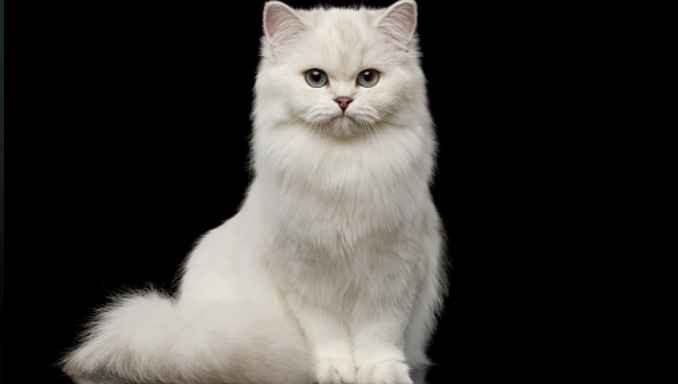
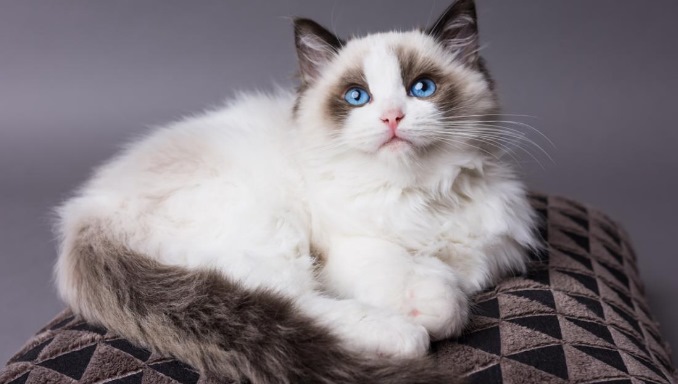
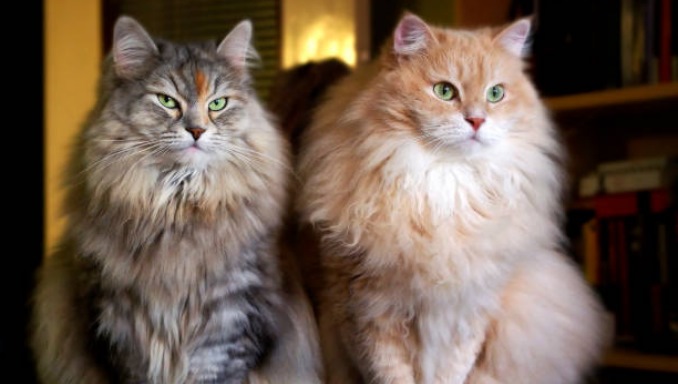
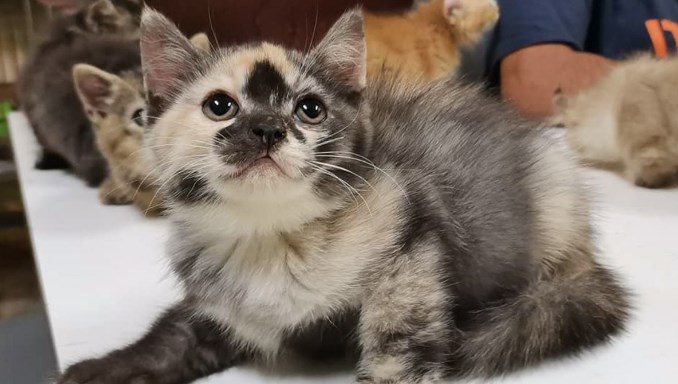
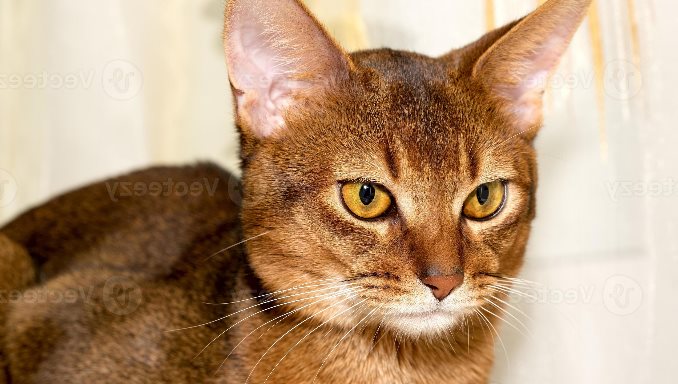
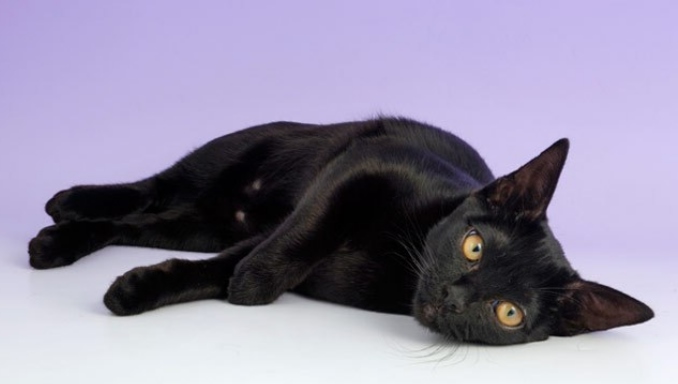








I am currently perfecting my thesis on gate.oi, and I found your article, thank you very much, your article gave me a lot of different ideas. But I have some questions, can you help me answer them?